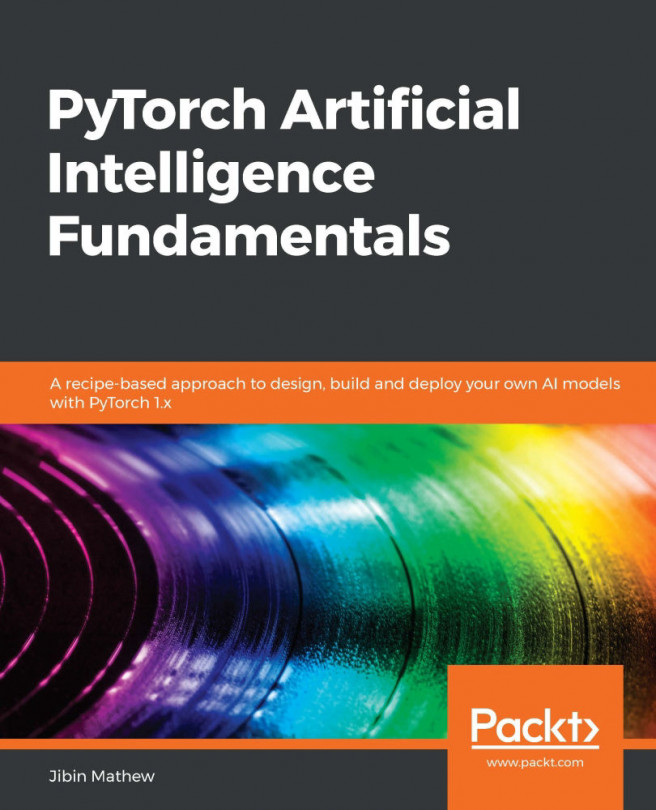Convolutional network on sequence data
We learned how CNNs solve problems in computer vision by learning features from the images. In images, CNNs work by convolving across height and width. In the same way, time can be treated as a convolutional feature. One-dimensional convolutions sometimes perform better than RNNs and are computationally cheaper. In the last few years, companies like Facebook have shown success in audio generation and machine translation. In this section, we will learn how CNNs can be used to build a text classification solution.
Understanding one-dimensional convolution for sequence data
In Chapter 5, Deep Learning for Computer Vision, we have seen how two-dimensional weights are learned from the training data. These weights move across the image to generate different activations. In the same way, one-dimensional convolution activations are learned during training of our text classifier, where these weights learn patterns by moving across the data. The following diagram...













































































